Italy’s culinary heritage shines brightest through its pasta, where every shape carries a unique story. This guide to Italian pasta shapes and names reveals how tradition and regional flavors come alive through different forms of pasta. From delicate ribbons to twisted spirals, each shape reflects centuries of culture, technique, and taste.
Common Pasta Forms and Their Regional Origins
Italy’s diversity shines through its wide range of pasta shapes. This Italian pasta shapes guide highlights some well-known varieties, including the meaning behind their names:
Fusilli
Fusilli are spiral-shaped pasta whose name comes from fuso, meaning “spindle.” Traditionally hand-rolled around a thin rod, their coils catch thick, chunky sauces—especially meat-based or vegetable-rich preparations. They are common in central and southern Italy and often appear in robust pasta salads as well. Furthermore, their twisted form makes them perfect for holding onto heavier sauces.
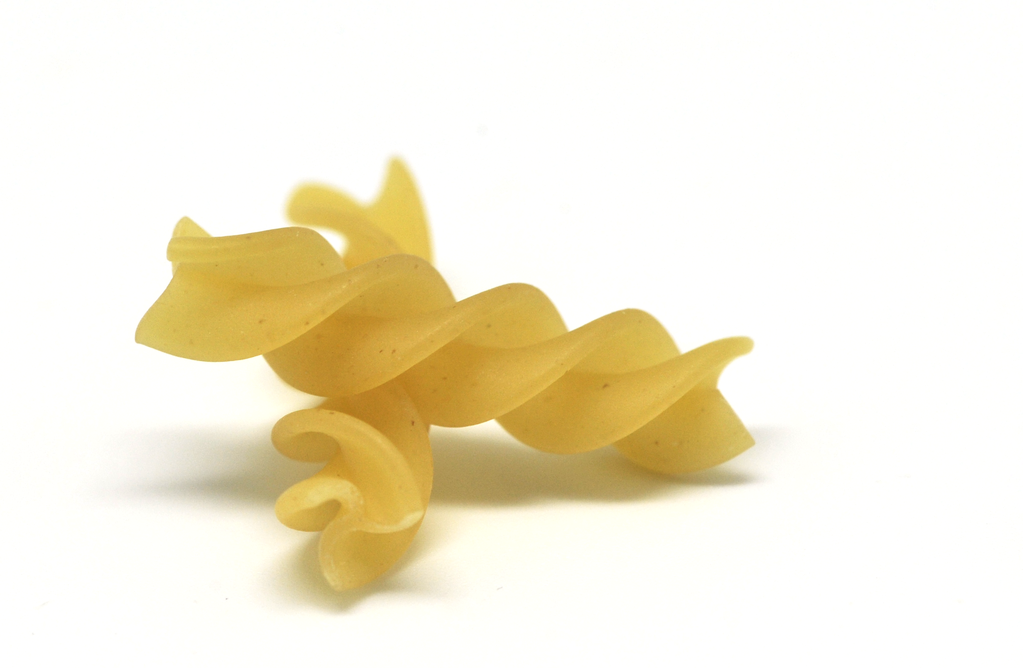
Penne
The name penne means “quills” or “pens,” inspired by the angled, cut ends that resemble old writing tools. Available smooth or ridged, penne is ideal for creamy sauces like alla vodka or hearty tomato-based ragù. It’s especially popular in Campania and Lazio, often baked in casseroles. Moreover, the ridges help sauces cling better to the pasta’s surface.
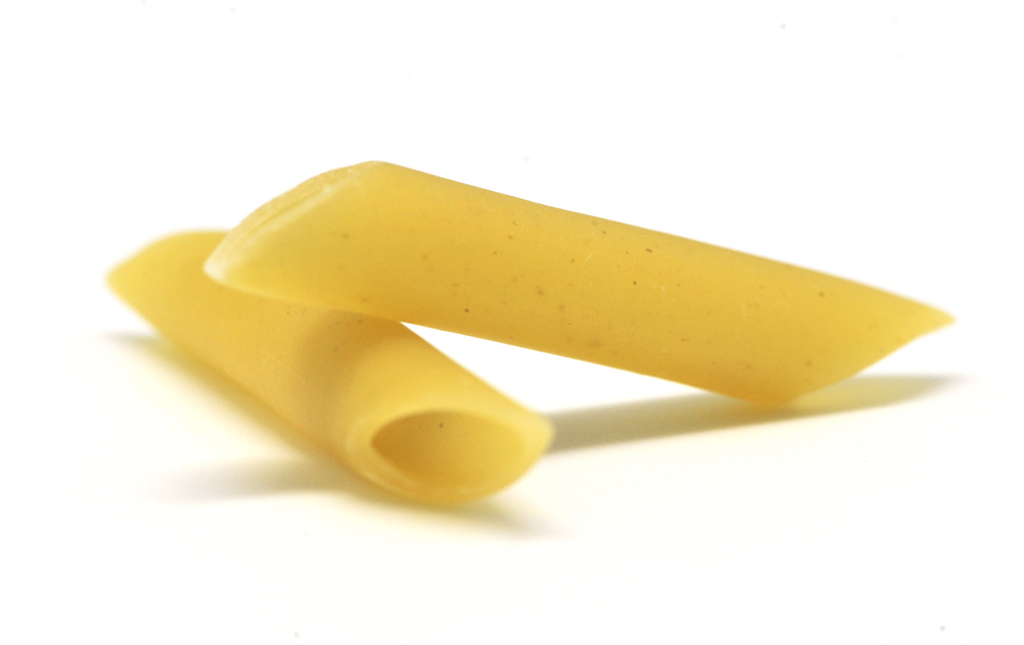
Rigatoni
Rigatoni are large, ridged tubes whose name comes from the Italian word rigare, meaning “to stripe” or “to rule.” The broad surface and hollow center make them perfect for thick sauces like beef ragù or baked dishes such as pasta al forno. Their sturdy texture holds up well under longer cooking. Consequently, rigatoni are a favorite in hearty, rustic Italian meals.
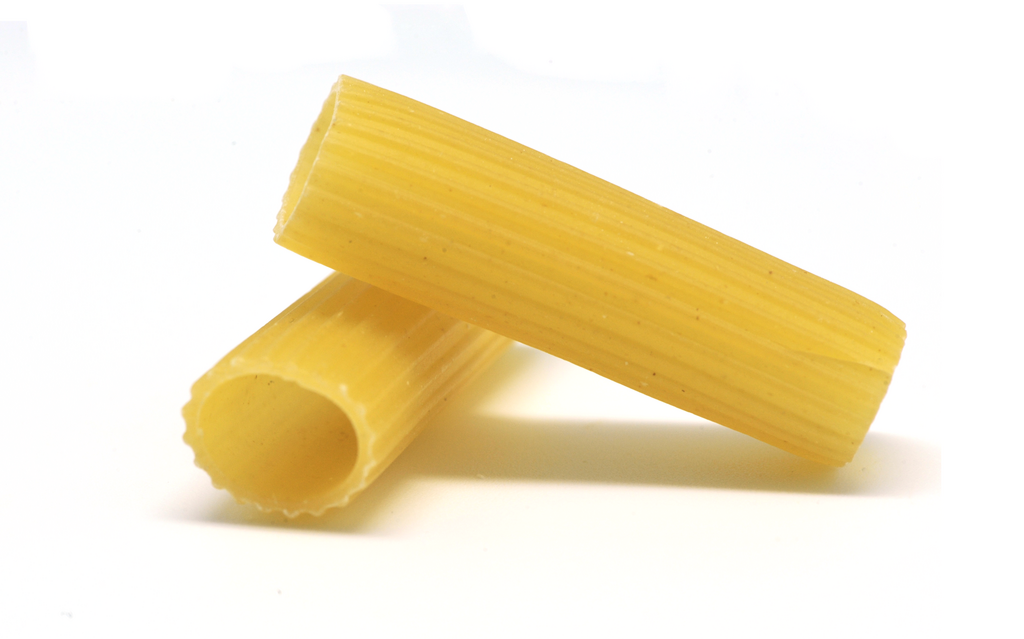
Farfalle
Farfalle, meaning “butterflies,” get their bow-tie shape from pinching rectangular pasta in the center. This cheerful form is common in northern Italy and works best with light cream sauces, peas, or salmon. The varied texture—firm in the center and soft at the edges—adds complexity to each bite. In addition, farfalle’s playful shape makes it popular in both casual and festive dishes.
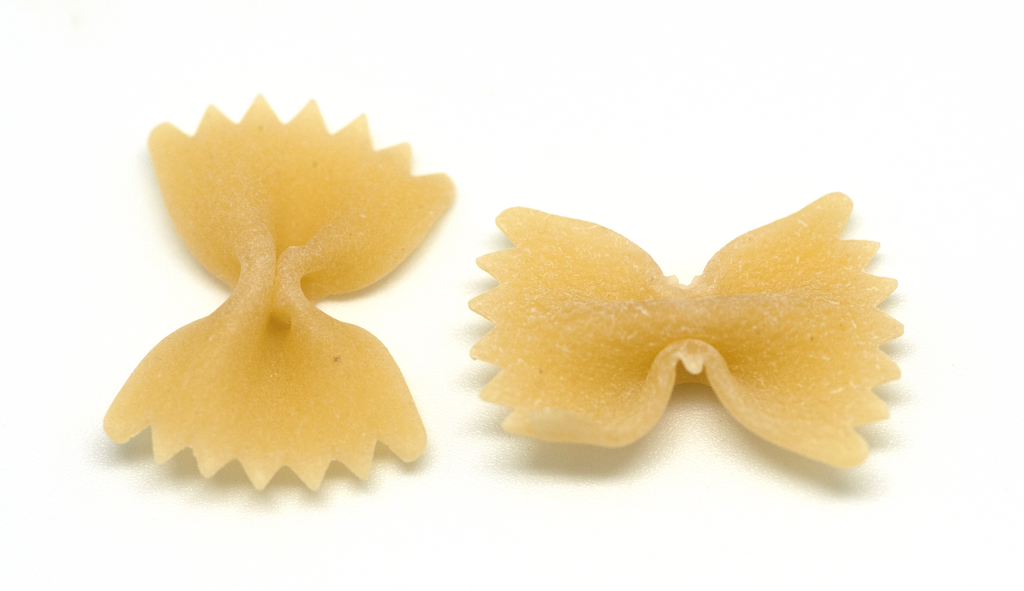
Bigoli
Bigoli are long, thick strands similar to spaghetti but coarser. Made using a press called a bigolaro, they are traditionally crafted with whole wheat or buckwheat flour. Native to Veneto, they pair with rich, earthy sauces like duck ragù or anchovy and onion sauces typical of Venice. Furthermore, their hearty texture stands up well to intense flavors.
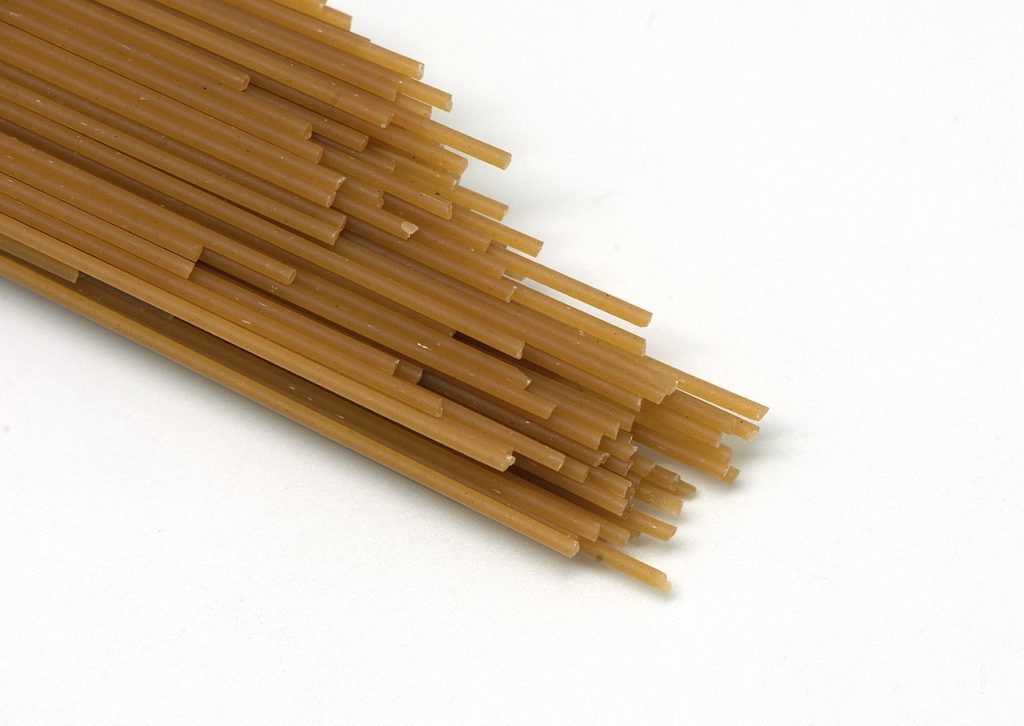
Orecchiette
The name orecchiette translates to “little ears.” Hand-formed by pressing dough with the thumb, these discs cradle vegetables like broccoli rabe or turnip greens. A hallmark of Puglian cuisine, they are often tossed with garlic, olive oil, and breadcrumbs to highlight regional simplicity. Moreover, their cup shape helps capture small bits of sauce and toppings.
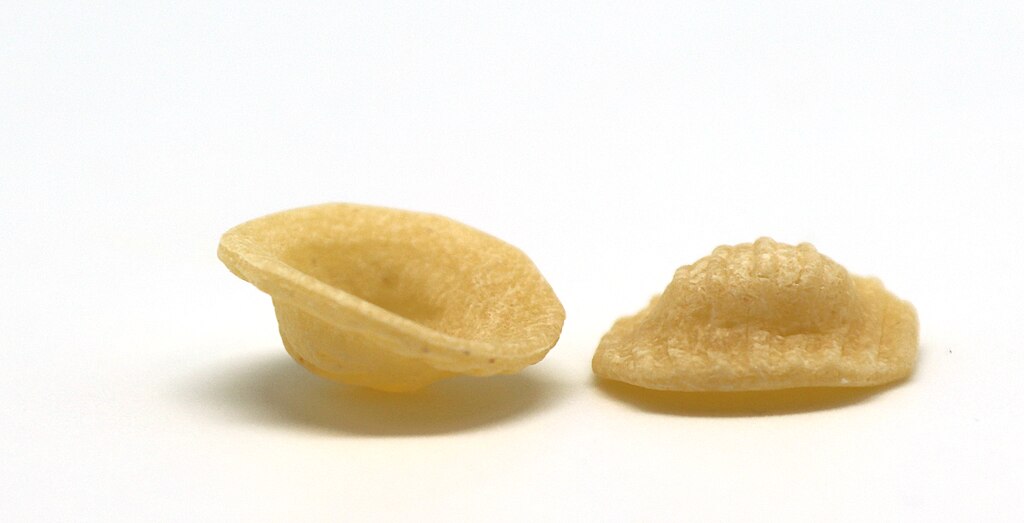
Strozzapreti
Strozzapreti means “priest stranglers,” a name rooted in legends suggesting clergy enjoyed them too much. Made by twisting rolled dough, their dense, chewy texture makes them ideal for absorbing thick sauces like sausage or wild fennel ragù. They’re a staple in Emilia-Romagna and Umbria. Furthermore, their intriguing name reflects Italy’s rich culinary folklore.
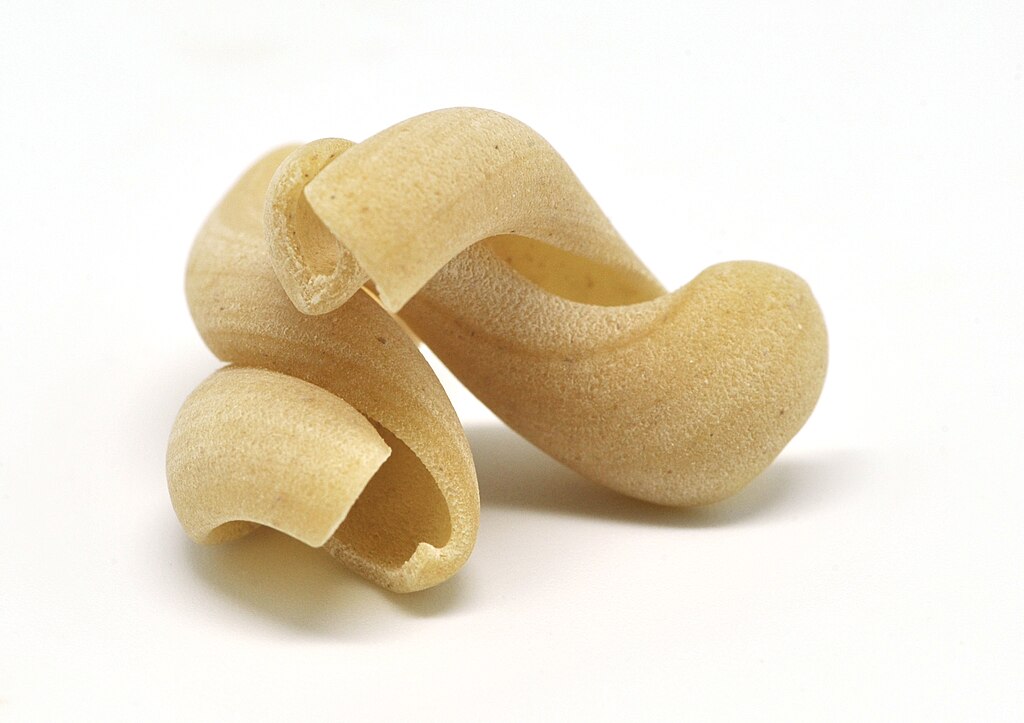
Linguine
Linguine means “little tongues,” a name earned from its flat, elliptical shape. Originating in Liguria, it is best known as the traditional partner of Genovese pesto. The shape also suits seafood sauces, especially those with clams or mussels, because it doesn’t overwhelm delicate flavors. Additionally, linguine’s slender form cooks quickly and evenly.
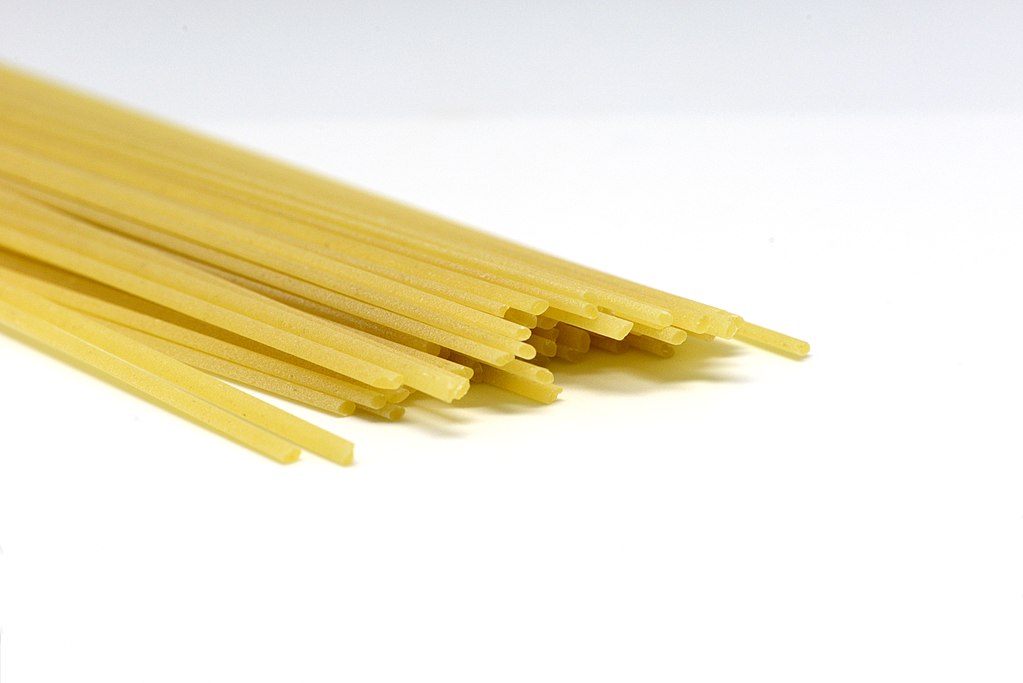
Conchiglie
Conchiglie translates to “shells,” and their seashell-like shape is more than decorative. The interior cavity captures creamy or chunky sauces, while the ridged exterior holds texture. Common in Campania and Sicily, conchiglie are also popular in baked dishes like pasta al forno. Therefore, they are incredibly versatile in various recipes.
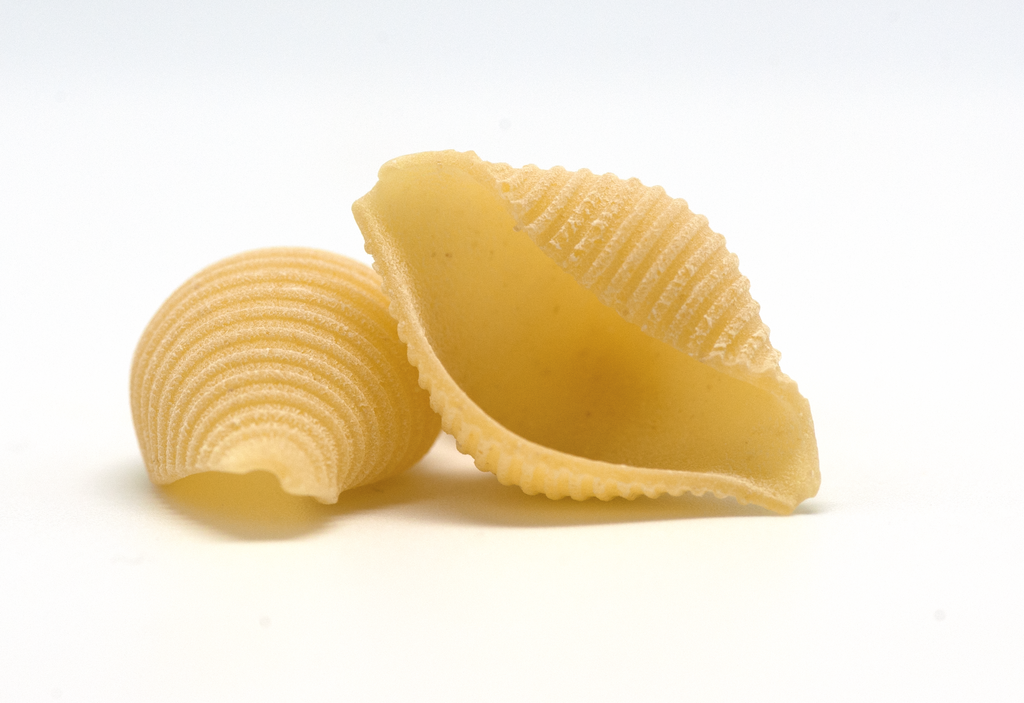
Tagliatelle
Tagliatelle are long, flat ribbons cut from rolled-out dough—hence the name from tagliare, “to cut.” Often homemade with egg-rich dough, they are a specialty of Emilia-Romagna and traditionally paired with Bolognese ragù. Their width helps them carry heavier, slow-cooked sauces effectively. Moreover, tagliatelle’s texture offers a satisfying bite that balances rich flavors.
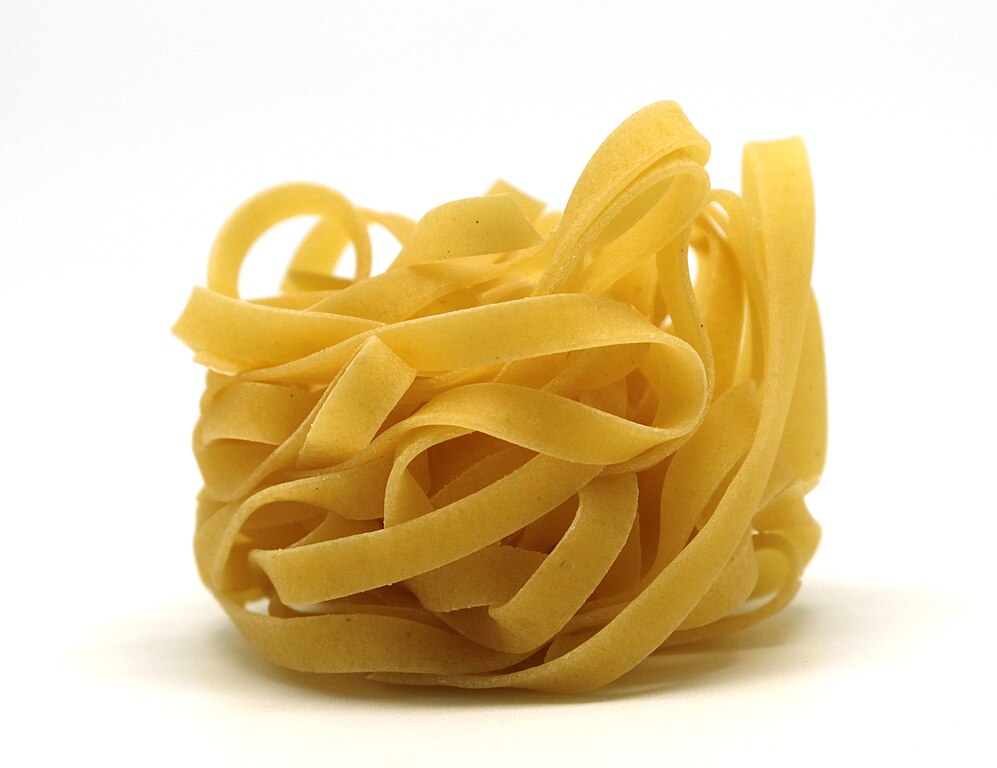
Discovering the Stories Behind Pasta Shapes
Across Italy, pasta is designed with intention. Shapes with ridges or holes—like penne rigate or tortiglioni—grip chunky meat sauces. Meanwhile, smooth strands like spaghetti pair better with oil-based or tomato sauces. Moreover, hollow or concave pastas such as conchiglioni are chosen to hold fillings or baked ingredients. This thoughtful harmony between shape and sauce is central to Italian cooking, making every bite purposeful.
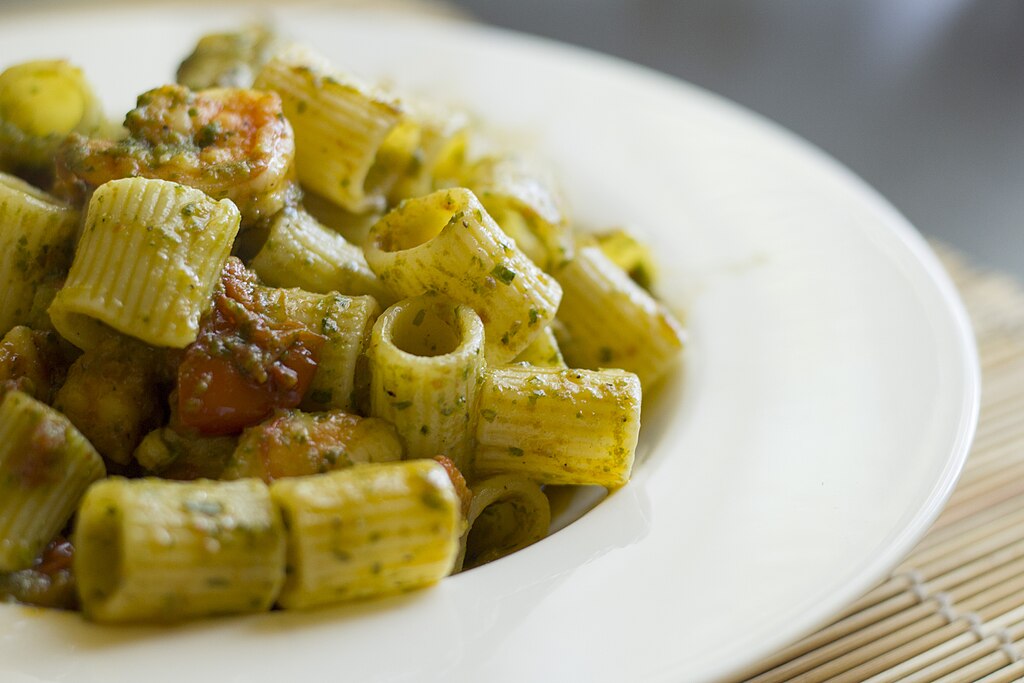
The Cultural Meaning Embedded in Pasta Shapes
The meaning behind Italian pasta shapes and names often reflects regional pride, local ingredients, or historical anecdotes. For example, trofie from Liguria are short, twisted strands perfect for catching pesto, while paccheri from Naples are large tubes once used to smuggle garlic across borders. Even whimsical names like gigli (lilies) or malfatti (badly made) speak to Italy’s poetic, rustic traditions. Consequently, pasta becomes a symbol of both culinary artistry and cultural storytelling.
This cultural richness enhances Italian cuisine, showing pasta as a living tradition rather than just food. Shapes emerge from community stories, shaped by hand and passed down over generations.
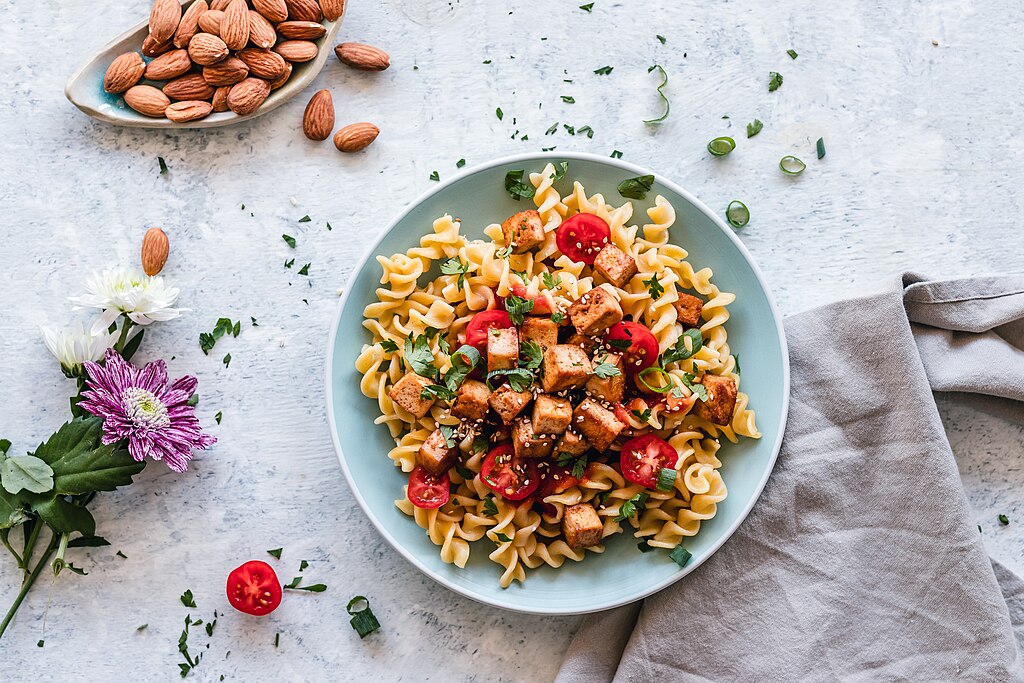
Why Learning Pasta Names and Shapes Matters
Knowing Italian pasta shapes and names enriches both cooking and dining experiences. By recognizing which shapes suit specific sauces, cooks can prepare better dishes that honor Italy’s culinary wisdom. For instance, tube-shaped pastas work best with thick ragùs; strands absorb olive oil or tomato sauces; and shell shapes trap vegetables or cheeses. This understanding can transform simple recipes into authentic expressions of regional heritage. Furthermore, it allows travelers and food lovers to appreciate Italy’s gastronomic diversity at a deeper level.
Summary of Italian Pasta Shapes and Their Meaning
This guide explored Italian pasta shapes and names, uncovering their meanings and regional roots. These shapes tell stories of tradition, geography, and culture that continue to influence Italy’s food today. Embracing these details invites a fuller appreciation of Italian cuisine’s heritage.
For further exploration, check the Puglia travel guide, Abruzzo travel guide, or Basilicata travel guide.
Eataly pasta recipes and Italy’s official Food & Wine page provide further insights into Italy’s culinary traditions.


